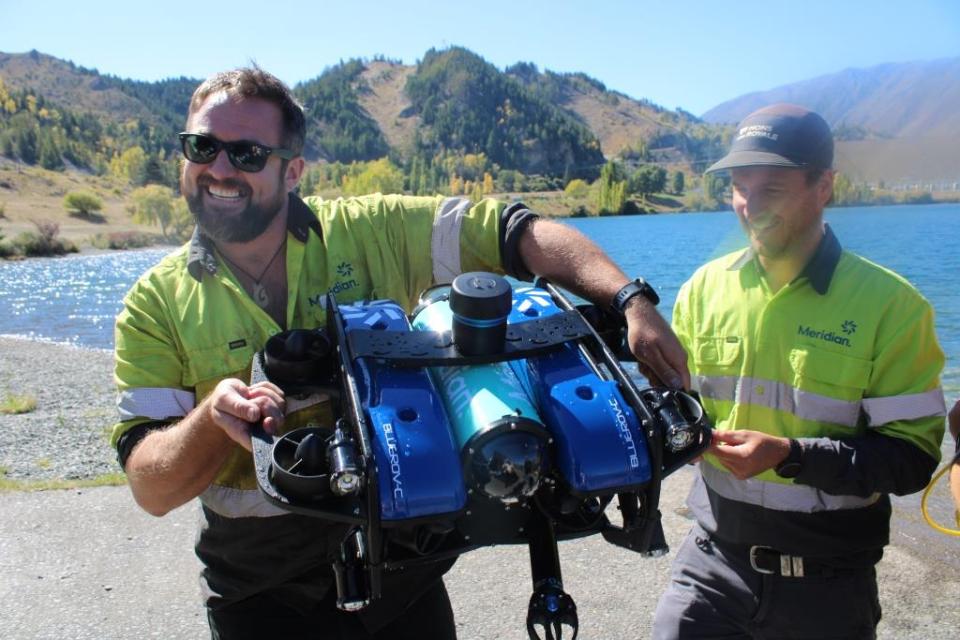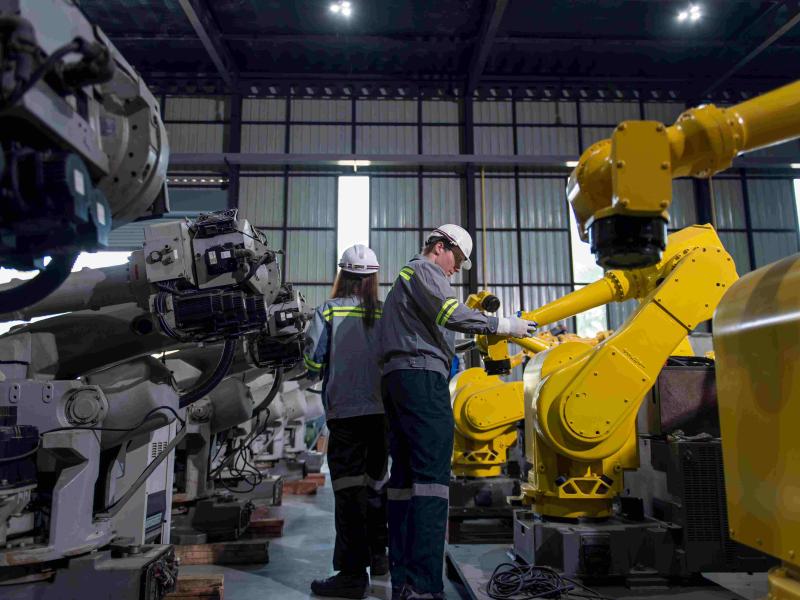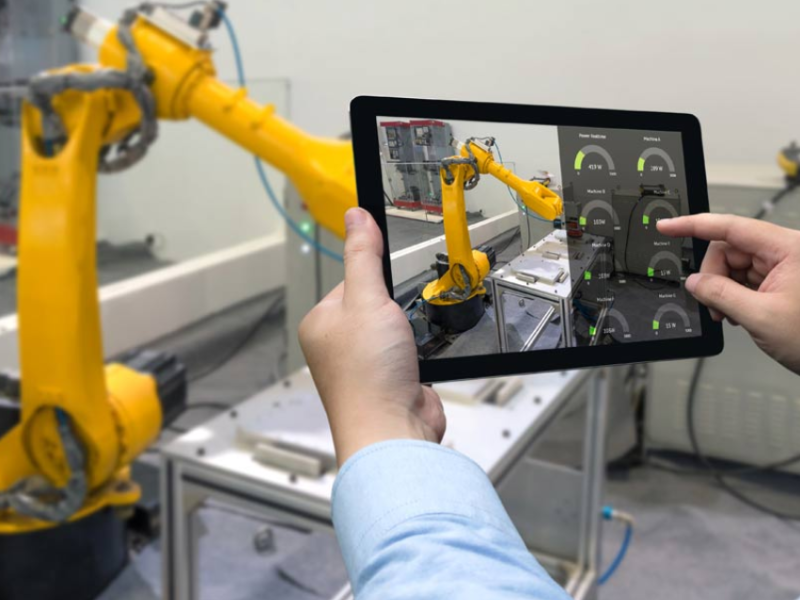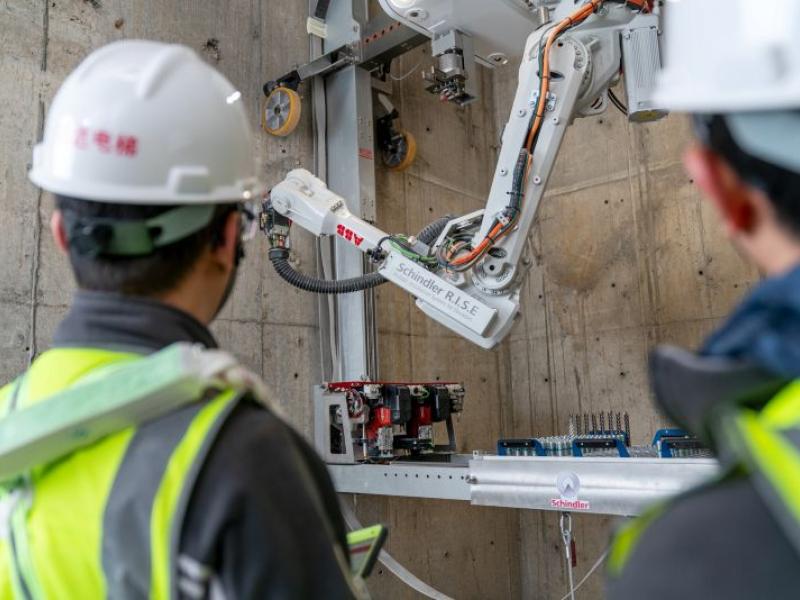One of the newest members of Meridian’s Generation team has been warmly welcomed onto site before being unceremoniously sent into the chilly depths of Lake Benmore.
Don’t worry – no employees were harmed. Meridian has instead enlisted the services of a Kiwi-built underwater robot to perform inspections of the company’s hydro stations, and minimise the amount of downtime.
“Until now we’ve used divers to manually inspect underwater assets like canals, dams and spillways,” says Meridian GM Generation Tania Palmer. “That requires heaps of safety precautions and is reliant on good diving conditions to do the job well.
“The other way to do it is by dewatering areas, which can take days and keeps our units out for a long time – that’s not great heading into winter. We wanted to find a safe, efficient solution that kept outages to a minimum, so that we can focus on generating more electricity for New Zealand. The solution was obvious - robots.”
While remote-operated vehicles (ROVs) are in use throughout the world, overseas options proved expensive and many were only available for hire.
Seeking a closer-to-home solution, Meridian approached Bay Dynamics NZ, a Tauranga company which has provided underwater ROVs for other assets in New Zealand, to provide a bespoke underwater ROV for Meridian’s hydroelectricity assets in the South Island.
"We searched out the best technologies from around the world and combined them with our own in-house designed parts to create the BlueROV-C, a commercial grade ROV with modularity at its core,” says Bay Dynamics NZ Technical Director, Matt Mooney. “In other words, it’s cutting-edge Kiwi tech that can easily be adapted for Meridian's future needs."
The Kiwi-built ROV is currently being put through its paces at Benmore Power Station to determine what jobs it can perform in place of people, while still providing acceptable data for the engineers. And the underwater employee has already impressed its operators.
“It's performing really well on underwater inspections in medium to low flow environments, which is perfect for our hydro dams. Its small size and manoeuvrability means we’re able to safely inspect areas that divers physically can’t get to,” says Tania Palmer.
“Having a local provider is a huge advantage for being able to make fast changes to the ROV, and






